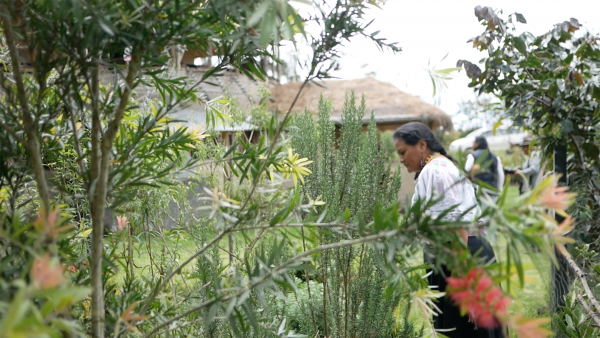
Arriving in Ecuador during the time of corn harvest, I was deeply impressed by the magnificent cornfields. I envision that was what parts of Manaháhtaan (precolonial Manhattan) used to look like. I also was delighted to learn that the companion-planting agricultural practice of the Three Sisters Garden (interplanting squash, corn and beans together to support each other) was also prevalent in Ecuador; another proof of shared knowledge across ancient Americas.
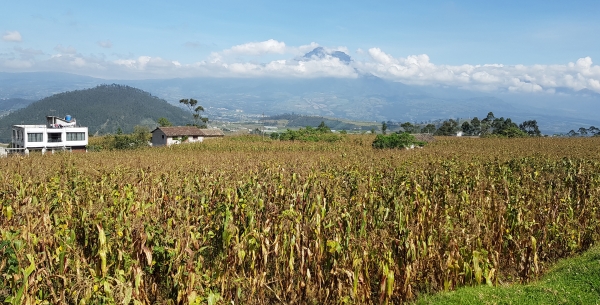
I also ate a lot of corn during the months of March and April. Between boiled, grilled, tostada, mote, and quimbolito, the best was my first humita prepared by Maria Edubijes Mendez de Jesús, aka the beloved Doña Mary. Mary, always beaming with the warmest smile, is an Afro-Ecuadorian grandmother who often works as the chef at Casa de Artes Yarina, my American Arts Incubator host partner organization. While I directed American Arts Incubator — Ecuador, I noticed that the feminine labor of Doña Mary, the woman who took care of our wellbeing, was often invisibilized. Her warmth, similar to that of Mother Earth, is often taken for granted.
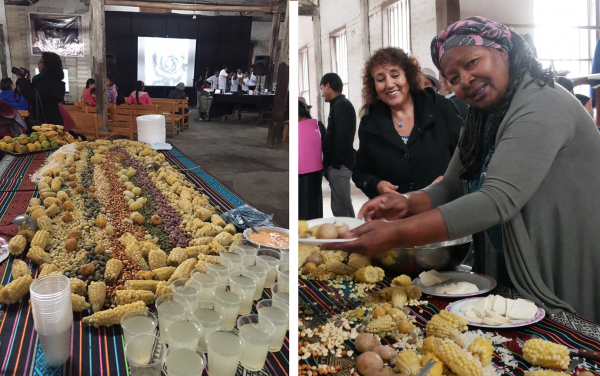
In an interview, Mary expressed: “If I were to be an element of nature, I would be a medicinal plant." As I got to know her, Mary shared that she had endured a traumatic childhood and had singlehandedly raised three children. I also learned that she is a medicinal plant healer, political activist, community organizer, culture bearer of bomba music and dance, and is now becoming an authority of regional gastronomy.
For me, Mary represented not only the strength of pachamama (Mother Earth), but also the core lessons of resilience and survivorship that initially drew me to working within the context of Casa de Artes Yarina and Museo Viviente Otavalango’s past as the Antigua Fábrica San Pedro, a site of indigenous exploitation between the 1850s through 1970s.
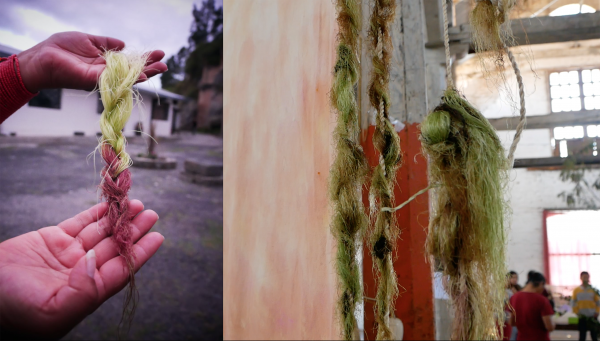
In local marketplaces, I noticed that cornsilk, a potent herb to heal urinary tract and kidney infections, was tossed as trash. Thus, my counterpart Ana Cachimuel and Mary helped me procure cornsilk from market vendors and I braided them to frame a drawing I made of Mary adorned in medicinal plants she uses to heal people. The drawing was then activated with a video interview paired as an augmented reality feature.
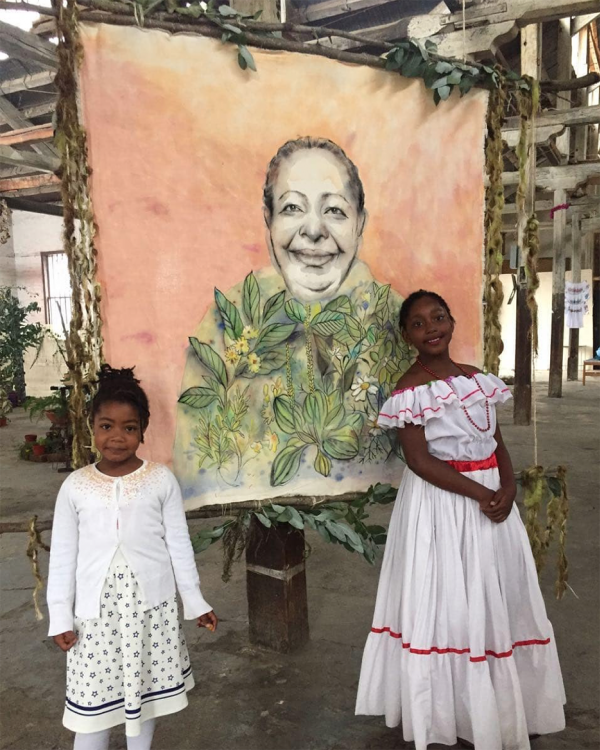
In addition to weaving cornsilk to tell this story of resilience, as part of the 28-day incubator challenge, I introduced how to create augmented reality (AR) based experiences to amplify intergenerational and intercultural dialogues to address social inclusion. As we used digital art to reveal historical patterns of exploitation and intercultural strife, I was weary of replicating unbalanced power dynamics within our incubator. My participants were diverse in age and socio-economic status as well as cultural, professional, and racial backgrounds. We had heated conversations on racial and gender equity. We searched for alternative terms to social inclusion and questioned concepts such as, "who has the power to include/exclude?"
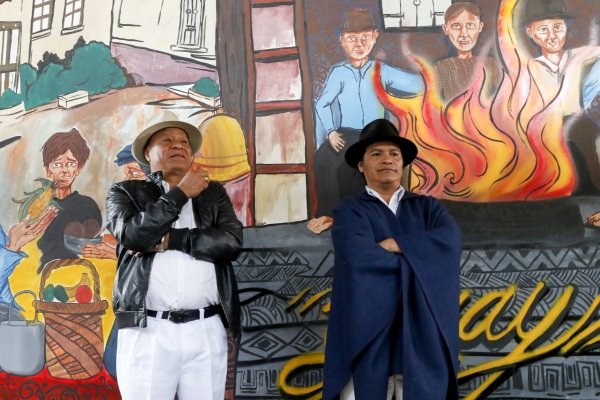
This process led to the formation of three community projects that each received small seed-grants to build project prototypes: Yuyay applies augmented reality to site-specific community murals, Mama Cuchara is an AR Spanish and Kichwa language book on medicinal plants, and Warmi Tukushka stages immersive theater with rural communities for a social tourism project in order to generate income for Indigenous communities.

There were limits on how much I, as an artist, facilitator, admin, PR and community manager, teacher, exhibition designer, and translator could contribute to a community. Despite running the program with minimal infrastructural support — internet was often nonexistent, rain seeped into our tech workshop spaces, and I nearly fainted due to sleep deprivation compounded by altitude sickness — what we had was strong community spirit and ingenious resourcefulness thanks to Ana Cachimuel, her family, as well as the participants. I also acknowledge the behind-the-scenes support of Maya Holm and Shamsher Virk of ZERO1. Each team put forth hardwork and met my tough love with grace.
As folks looked to me for leadership, I often thought of my cohort of AAI "artstronauts" who are all exploring how to adapt the art and tech incubator to a demanding foreign context. There is no formula as each incubator is different, and that is the beauty of the AAI program. I admit that I had moments of disillusionment as I became acquainted with local community politics. Randi randi (the kichwa expression for reciprocity, literally meaning give and take) was constantly preached to me as a core cultural value, yet it was not always practiced and at certain moments I was hollowed witnessing crude self-interest and nontransparent resource distribution. Yet, witnessing Mary's resilience, I knew that I had to exert myself and call out problematic circumstances. #CulturalDiplomacy.

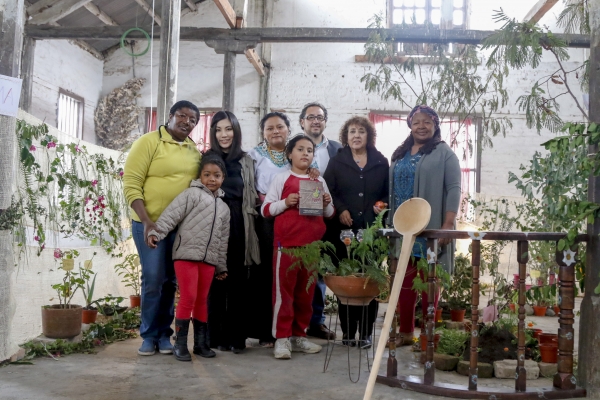
The day of the panel review was truly a highlight! The community projects were beautifully installed into a cohesive exhibition in Casa Cruz of Museo Viviente Otavalango. Each group passionately delivered their pitches to the judges and the public consisted of many community members, elders, students, and even the executive director of the Fábrica Imbabura, Edgar Flores.
Rich exchanges and insightful critiques took place during the public presentations, and each community project received additional support in the forms of mentorship, invitations to local incubators, and possible funding opportunities. Several participants traveled to Arte Actual Flasco, a social science and humanities cultural center in Quito, to share our process with a wider audience and connect rural and urban dialogues. I was full of admiration for each team sharing their aspirations.
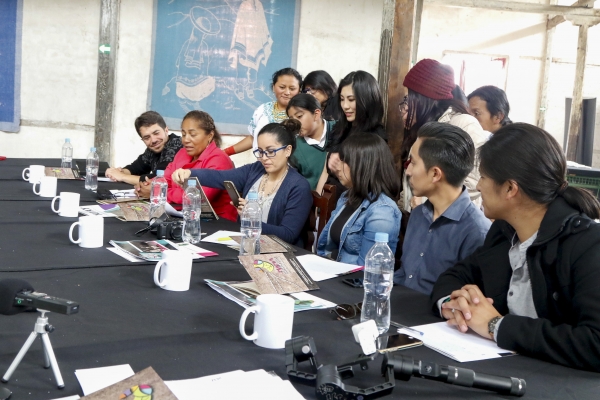
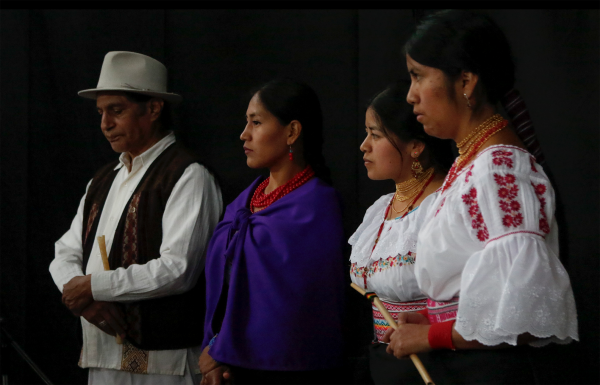
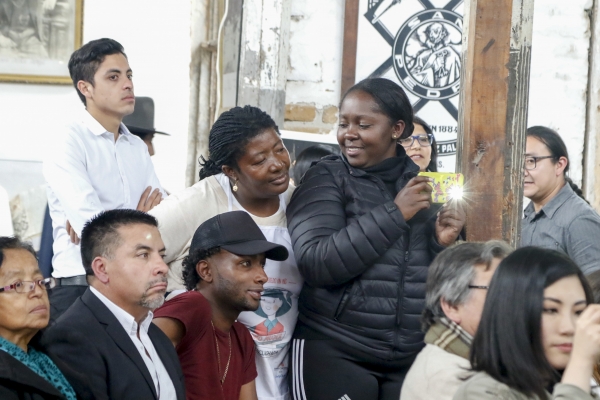
I’ve been back in the U.S. for less than a week and am trying to prolong that enigmatic transition period between settling back into my New York City routine, digesting the lessons from my intensive incubator challenge, and brainstorming next steps for my incubator participants to really thrive for the long term.
I leave inspired that many people in rural Ecuador, despite living in poverty, are still on their ancestral land and can live off the produce yielded from their home gardens. Their food sovereignty gives me hope that a regenerative and cooperative economy is viable. I believe that my incubator participants still have the possibility to carve out a new economy centered on sustainable land-based practices with healthy communities who will continue to cultivate the resistant ancestral technology called corn, generation after generation.
